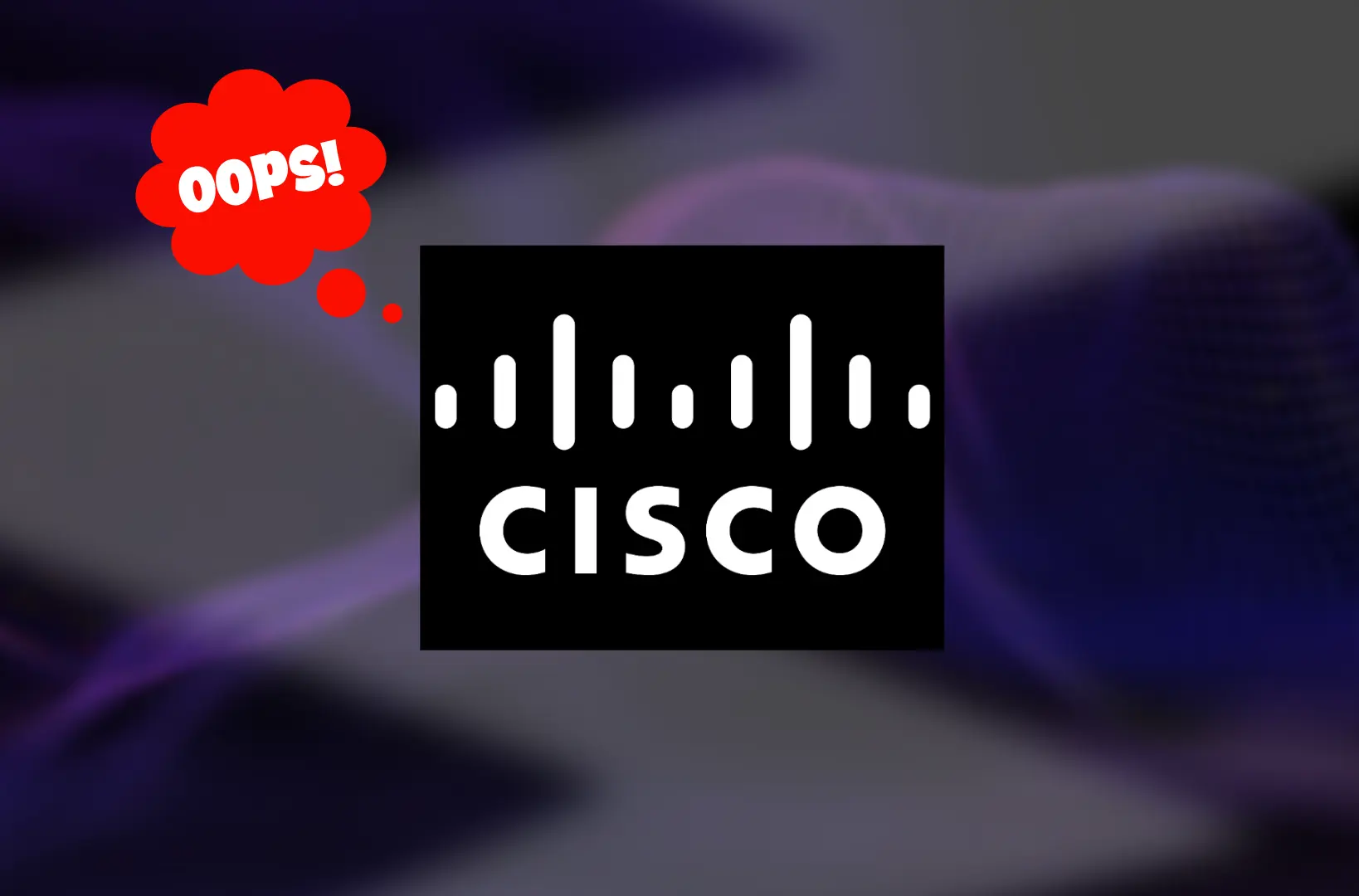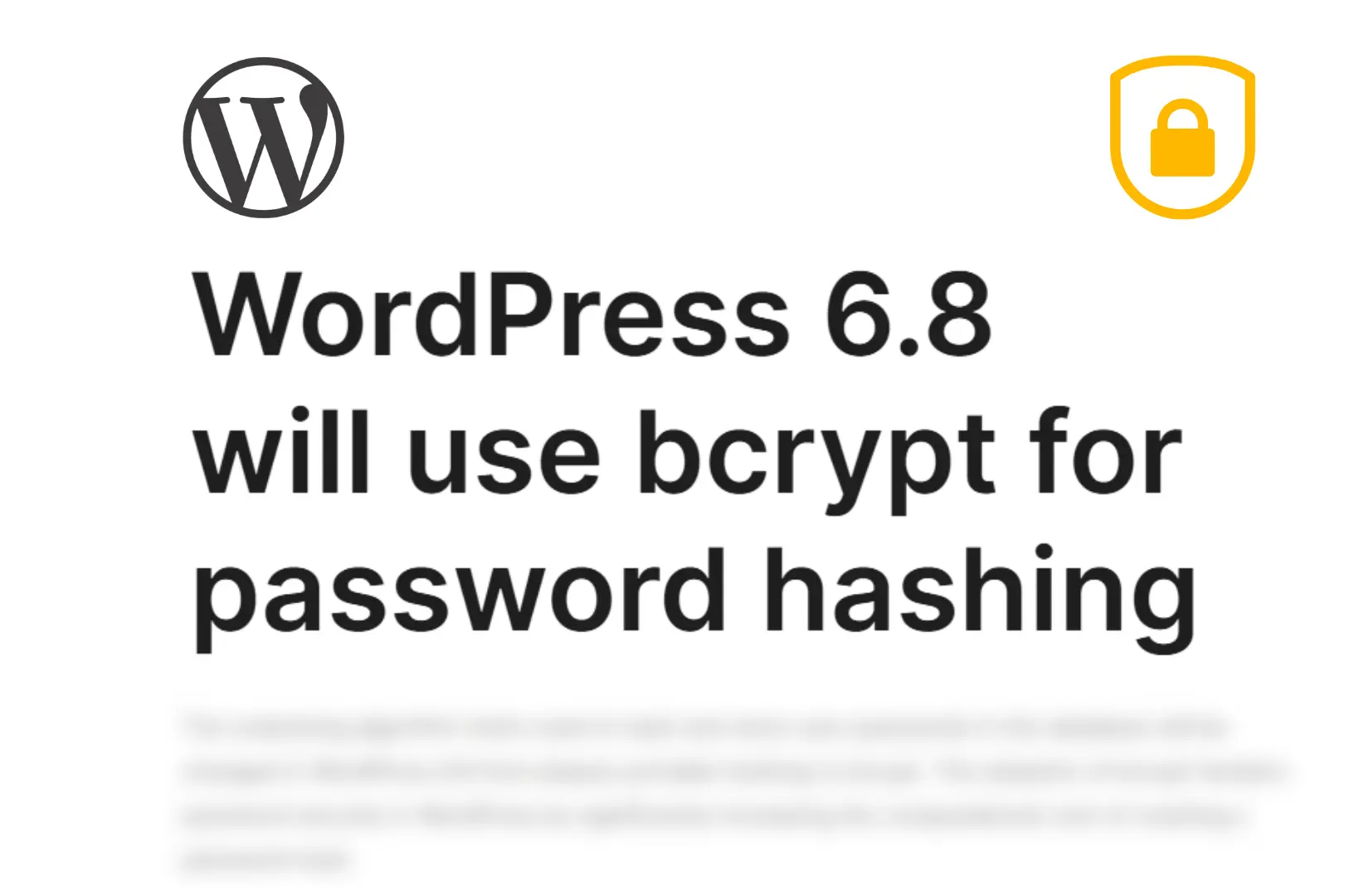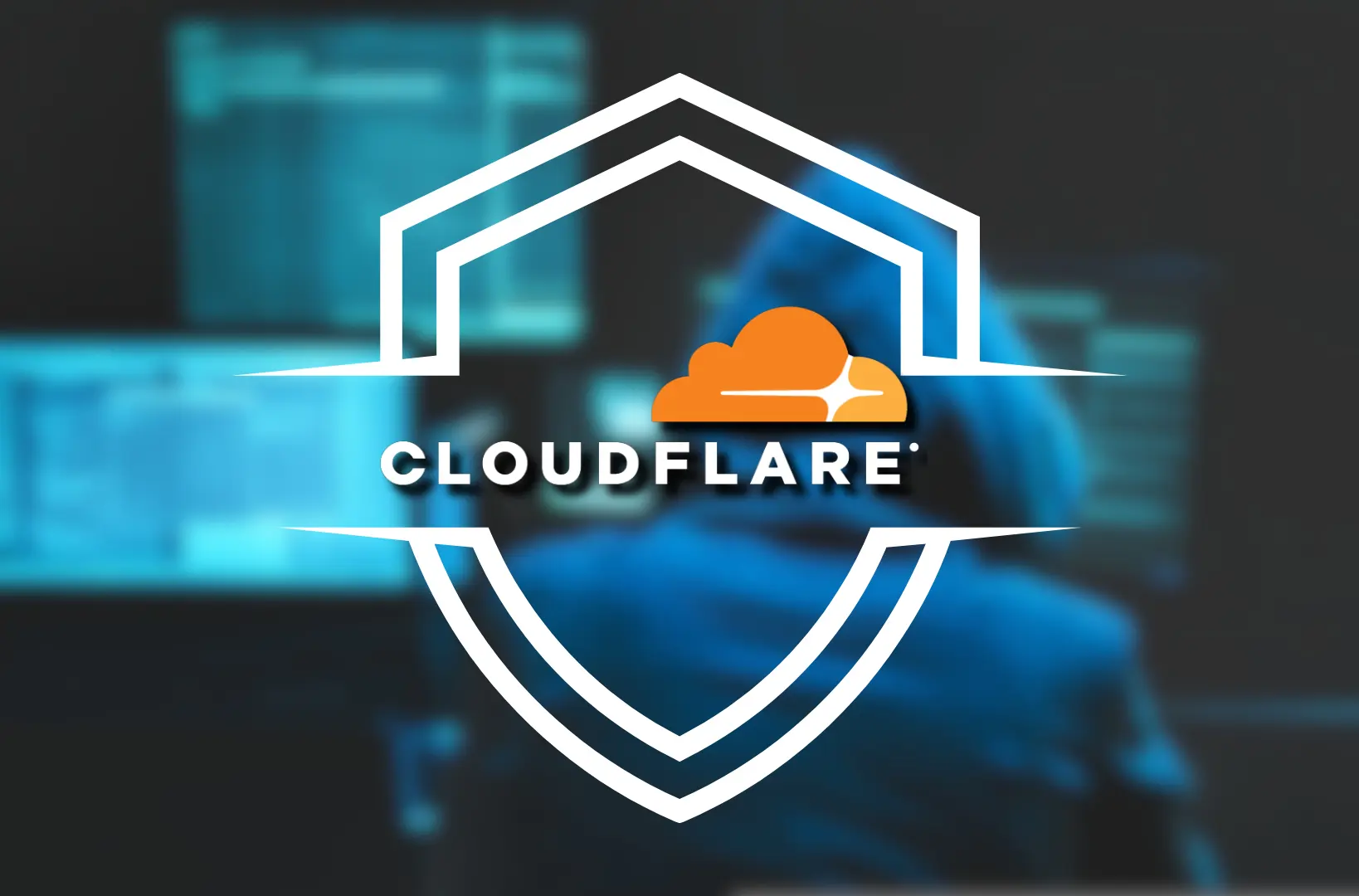Cybersecurity threats are constantly evolving, and organizations must stay vigilant to protect their systems from vulnerabilities that attackers can exploit. Recently, Cisco disclosed a critical denial-of-service (DoS) vulnerability in ClamAV, tracked as CVE-2025-20128. This flaw, which results from a heap-based buffer overflow in the Object Linking and Embedding 2 (OLE2) decryption routine, can be exploited using proof-of-concept (PoC) exploit code. If left unpatched, it could allow attackers to crash ClamAV’s scanning process, disrupting antivirus functionality and leaving systems vulnerable to malware infections.
In this blog post, we will explore the details of the vulnerability, its impact, and mitigation strategies.
Understanding ClamAV and Its Importance
What Is ClamAV?
ClamAV is an open-source antivirus engine widely used for detecting malware, viruses, and other security threats across different platforms. It is commonly deployed in:
- Email gateways to scan attachments for malicious files.
- Web servers to detect infected uploads.
- Enterprise security solutions as an added layer of defense.
Given ClamAV’s extensive use in security infrastructure, any flaw in its functionality can expose organizations to significant risks.
Details of CVE-2025-20128 Vulnerability
How Does the Flaw Work?
The vulnerability originates from a heap-based buffer overflow in ClamAV’s OLE2 decryption routine. The OLE2 format is commonly used in Microsoft Office documents and structured storage files.
Exploitation Process:
- An attacker crafts a malicious OLE2 file and sends it to a system running ClamAV.
- ClamAV attempts to scan the file, but due to the vulnerability, a buffer overflow occurs.
- The scanning process crashes, causing a denial-of-service (DoS) condition.
- Subsequent files cannot be scanned, leading to security gaps where malware can bypass detection.
This flaw does not grant remote code execution (RCE) but can severely impact security defenses by disrupting antivirus functionality.
Affected Versions and Exploit Code Availability
Affected Products and Versions
The vulnerability affects multiple ClamAV versions and Cisco products, including:
- ClamAV standalone versions prior to 1.2.2
- Cisco Secure Endpoint Connector for Linux versions before 1.25.1
- Cisco Secure Endpoint Connector for Mac versions before 1.24.4
- Cisco Secure Endpoint Connector for Windows versions before 7.5.20 and 8.4.3
- Cisco Secure Endpoint Private Cloud versions before 4.2.0
If you are using any of the above versions, you are at risk and should update immediately.
Availability of PoC Exploit Code
A significant concern regarding CVE-2025-20128 is the availability of proof-of-concept (PoC) exploit code. Although Cisco has not observed active exploitation in the wild, PoC code allows attackers to easily test and develop working exploits. This increases the urgency for organizations to patch their systems before cybercriminals weaponize the flaw.
Impact of the Vulnerability
Potential Risks
The main risk of this vulnerability is service disruption. If successfully exploited, the flaw could:
- Crash ClamAV’s scanning process, preventing the detection of viruses and malware.
- Leave organizations vulnerable to cyberattacks since security checks will fail.
- Disrupt email security systems, allowing malicious attachments to reach users.
- Affect enterprise security operations, exposing companies to compliance violations and financial losses.
For organizations relying on ClamAV as a primary security measure, this vulnerability could lead to increased malware infections and potential data breaches.
How to Mitigate CVE-2025-20128
Cisco’s Security Patch
To address this vulnerability, Cisco has released security updates that patch the flaw in affected versions. Users are strongly advised to:
- Update ClamAV to version 1.2.2 or later.
- Update Cisco Secure Endpoint software to the latest patched versions.
- Regularly check Cisco’s security advisories for new patches and updates.
Additional Security Measures
Apart from applying patches, organizations can enhance their security posture by:
1. Enabling Multi-Layered Security
Since antivirus software alone is not enough, companies should deploy:
- Intrusion detection systems (IDS) and intrusion prevention systems (IPS).
- Endpoint detection and response (EDR) solutions.
- Network firewalls to block malicious traffic.
2. Monitoring for Exploitation Attempts
- Use SIEM (Security Information and Event Management) solutions to detect DoS attempts.
- Monitor logs for unusual activity related to ClamAV crashes.
3. Restricting the Execution of Untrusted Files
- Use application whitelisting to prevent the execution of suspicious files.
- Restrict incoming email attachments to minimize risk from malicious OLE2 documents.
Why Timely Patching Matters
Lessons from Previous Attacks
Cybercriminals actively exploit known vulnerabilities, and history has shown that unpatched software leads to large-scale security incidents. For example:
- The EternalBlue exploit, which targeted unpatched Windows systems, led to the WannaCry ransomware outbreak.
- The Log4Shell vulnerability remain unpatched in many organizations, resulting in widespread exploits.
Delaying patches gives hackers a window of opportunity to launch attacks. Since PoC exploit code for CVE-2025-20128 is available, organizations must act swiftly to patch their systems before adversaries weaponize the flaw.
Conclusion
The disclosure of CVE-2025-20128 in Cisco’s ClamAV software is a reminder of the importance of proactive cybersecurity measures. With PoC exploit code already in circulation, organizations must immediately update their systems to prevent attackers from exploiting this flaw.
Key Takeaways:
- CVE-2025-20128 is a DoS vulnerability in ClamAV’s OLE2 decryption routine.
- Exploitation leads to ClamAV crashes, preventing antivirus scans.
- The flaw affects multiple versions of ClamAV and Cisco Secure Endpoint products.
- Cisco has released security patches, and users must update immediately.
- Organizations should implement multi-layered security measures to mitigate risks.
By staying informed and applying security patches on time, businesses can prevent cyber threats and safeguard their critical infrastructure. If you are using ClamAV or Cisco Secure Endpoint, patch your systems now to avoid falling victim to potential exploits.
Would you like assistance in writing security advisories or technical documentation? Let us know!
Suggested reads:
- Secure kubernetes guardrails devops cloud security
- IPany VPN Breached in Supply-Chain Attack
- Cloudflare CDN Flaw Leaks User Location Data: Secure Chat Apps at Risk

Jahanzaib is a Content Contributor at Technado, specializing in cybersecurity. With expertise in identifying vulnerabilities and developing robust solutions, he delivers valuable insights into securing the digital landscape.








